Table of Contents
Create your own cuddly elephant amigurumi with this detailed crochet pattern! This Amigurumi Elephant adorable stuffed elephant features a chubby body, characteristic large ears, and a cute trunk that captures the charm of everyone’s favorite pachyderm. Dressed in a stylish purple scarf, this blue and pink elephant makes a perfect gift for children or a delightful addition to your amigurumi collection. Whether you’re creating it as a nursery decoration, a special present, or simply for the joy of crafting, this intermediate-level pattern will guide you through each step of bringing this lovable elephant to life.
Essential Materials for Your Amigurumi Elephant
Before beginning your elephant project, gather these supplies:
Amigurumi Elephant Yarn Colors
- Color A (blue): YarnArt Jeans 81 (50g, 160m) or similar
- Color B (pink): YarnArt Jeans 36 (50g, 160m) or similar
- Color C (purple): Nako Calico 6736 (100g, 200m) or similar
Amigurumi Elephant Additional Supplies
- Crochet hook size 2-2.5mm
- Knitting needles size 3.5-4mm (for the scarf)
- One wooden button
- Tapestry needles
- Pins for assembly
- Stitch markers
- Scissors
- Polyester fiberfill for stuffing
- Brown embroidery thread for eyes
Understanding Amigurumi Elephant Terminology
This Amigurumi Elephant uses US crochet terms with the following abbreviations:
- Ch – Chain
- Sc – Single Crochet
- Inc – Single Crochet Increase (2 sc in same stitch)
- Dec – Single Crochet Decrease (2 sc worked together)
- Hdc – Half Double Crochet
- Slst – Slip Stitch
- Mr – Magic Ring
- Dc – Double Crochet
- Tr – Treble Crochet
- (…) – Work all stitches in the same stitch
- […]…x – Repeat instructions in brackets the specified number of times
- Bobble – Bobble Stitch
- BLO – Back Loop Only
- FLO – Front Loop Only
- Rnd – Round
- Sts – Stitches
Creating Amigurumi Elephant Legs
Make two identical legs using Color B (pink):
Round 1: Create 6 single crochet into a magic loop (6) Round 2: Work [1 single crochet, 1 increase] 3 times (9) Round 3: Work [2 single crochet, 1 increase] 3 times (12) Round 4: Work [3 single crochet, 1 increase] 3 times (15)
Break the yarn after completing the first leg. Make the second leg following the same pattern, but do not cut the yarn when finished. Connect the two legs together by working 15 single crochet on the first leg, then 15 single crochet on the second leg for a total of 30 stitches. Continue directly to the body, changing to Color A (blue).
Forming Amigurumi Elephant Body
Continue using Color A (blue) from the connected legs:
Round 1: Work [4 single crochet, 1 increase] 6 times (36) Rounds 2-7: Single crochet in each stitch around for 6 rounds (36) Round 8: Work [4 single crochet, 1 decrease] 6 times (30) Round 9: Single crochet in each stitch around (30) Round 10: Work [3 single crochet, 1 decrease] 6 times (24) Round 11: Single crochet in each stitch around (24) Round 12: Work [2 single crochet, 1 decrease] 6 times (18) Round 13: Single crochet in each stitch around (18)
Break the yarn, leaving a long tail. Stuff the body firmly.
Crafting Amigurumi Elephant Arms
Make two identical arms starting with Color B (pink):
Round 1: Create 6 single crochet into a magic loop (6) Round 2: Work [1 single crochet, 1 increase] 3 times, then change to Color A (blue) (9) Rounds 3-7: Single crochet in each stitch around for 5 rounds (9) Round 8: Decrease once, single crochet 7 (8) Round 9: Decrease once, single crochet 6 (7) Round 10: Decrease once, single crochet 5 (6)
Break the yarn, leaving a long tail. Stuff the arms lightly and sew the two edges together to flatten slightly.
Shaping the Elephant Head
Use Color A (blue) for this section:
Round 1: Create 6 single crochet into a magic loop (6) Round 2: Increase in each stitch around (12) Round 3: Work [1 single crochet, 1 increase] 6 times (18) Round 4: Work [2 single crochet, 1 increase] 6 times (24) Round 5: Work [3 single crochet, 1 increase] 6 times (30) Round 6: Work [4 single crochet, 1 increase] 6 times (36) Round 7: Work [5 single crochet, 1 increase] 6 times (42) Round 8: Work [6 single crochet, 1 increase] 6 times (48) Round 9: Work [7 single crochet, 1 increase] 6 times (54) Round 10: Single crochet in each stitch around (54) Round 11: Work [8 single crochet, 1 increase] 6 times (60) Rounds 12-19: Single crochet in each stitch around for 8 rounds (60) Round 20: Work [8 single crochet, 1 decrease] 6 times (54) Round 21: Single crochet in each stitch around (54) Round 22: Work [7 single crochet, 1 decrease] 6 times (48) Round 23: Work [6 single crochet, 1 decrease] 6 times (42) Round 24: Work [5 single crochet, 1 decrease] 6 times (36) Round 25: Work [4 single crochet, 1 decrease] 6 times (30) Round 26: Work [3 single crochet, 1 decrease] 6 times (24) Round 27: Work [2 single crochet, 1 decrease] 6 times (18)
Break the yarn, leaving a long tail for sewing. Stuff the head firmly.
Creating the Elephant Ears
Make two sets of ears, each consisting of one blue piece and one pink piece:
For each ear (make 2 in Color A blue and 2 in Color B pink):
Round 1: Chain 13, start in the second stitch from the hook, single crochet 12, turn (12) Round 2: Chain 1, single crochet 1, half double crochet 2, double crochet 1, treble crochet 6, double crochet 1, half double crochet 2, single crochet 1, turn (14) Round 3: Chain 1, single crochet 1, half double crochet 1, double crochet 1, double crochet 2 in same stitch 8 times, double crochet 1, half double crochet 1, single crochet 1, turn (22) Round 4: Chain 1, single crochet 1, half double crochet 1, double crochet 3, treble crochet 3, treble crochet 2 in same stitch 6 times, treble crochet 3, double crochet 3, half double crochet 1, single crochet 1 (28)
First make two pieces using Color B (pink) and cut the yarn. Then make two identical pieces using Color A (blue) but do not cut the yarn. Place each pink piece on top of a blue piece and join them by working single crochet around the edges using Color A (blue).
Forming the Trunk
Use Color A (blue) for the elephant’s trunk:
Round 1: Create 7 single crochet into a magic loop (7) Rounds 2-8: Single crochet in each stitch around for 7 rounds (7)
Break the yarn, leaving a long tail for sewing. Stuff the trunk lightly.
Knitting a Stylish Scarf
Use Color C (purple) and your knitting needles:
Round 1: Cast on 6 stitches (6) Round 2: Knit 6 (6) Round 3: Purl 6 (6)
Repeat rounds 2 and 3 until the scarf reaches approximately 15 centimeters in length. Cast off, break the yarn, and weave in the ends. Use a tapestry needle to attach the wooden button to the scarf.
Final Assembly Instructions
- Head and Body: Sew the head securely to the body, aligning it with the neck opening.
- Arms: Attach the arms to the sides of the body, angling them slightly forward.
- Ears: Position the completed ears between rounds 10 and 18 of the head, sewing them securely on each side.
- Trunk: Attach the trunk to the front center of the face, between where the eyes will be.
- Facial Features:
- Use brown embroidery thread to create eyes on either side of the trunk’s base
- Add small pink circles for cheeks if desired
- Finishing Touch: Wrap the scarf around the elephant’s neck and secure it with the button.
Customization Ideas for Your Elephant
Once you’ve mastered the basic pattern, consider these creative variations:
- Color Combinations: Experiment with different yarn colors to create elephants in various shades. Try traditional gray for a realistic look, or vibrant colors for a playful toy.
- Size Adjustments: Use different yarn weights and appropriate hook sizes to create elephants of various sizes, from tiny keychains to large stuffed animals.
- Accessory Options: Add other accessories like a tiny hat, bowtie, or even a small basket carried by the trunk.
- Textural Variations: Experiment with different stitches for certain parts to create textural interest, such as bobble stitches for a textured trunk or ears.
Why This Amigurumi Elephant Pattern Is Perfect for Crochet Enthusiasts
This elephant pattern offers several advantages that make it appealing to crocheters of various skill levels:
The design strikes an excellent balance between simplicity and detail. The basic body structure is straightforward to create, while the distinctive elephant features—large ears and trunk—add character without requiring overly complex techniques.
The color contrast between the pink legs and arms against the blue body creates visual interest and charm. The addition of a knitted scarf introduces a different craft technique and adds a polished, finished look to your creation.
At an intermediate skill level, this pattern helps develop important amigurumi skills like joining separate pieces, creating flat pieces (ears) that are joined together, and achieving proper stuffing techniques for different body parts. Whether made as a gift, a nursery decoration, or for a personal collection, this elephant will surely become a treasured handmade item.
Creating Lasting Memories With Your Amigurumi Elephant
As you complete the final stitches of your amigurumi elephant, you’re not just finishing a crochet project—you’re creating a keepsake that can be treasured for years to come. This adorable elephant, with its distinctive trunk and oversized ears, represents something more meaningful than simple yarn and stuffing; it embodies the time, care, and creativity you’ve invested in creating something special by hand.
In our world of mass-produced toys and decorations, handmade amigurumi stands out as uniquely personal. Your elephant carries subtle variations and characteristics that make it one-of-a-kind, reflecting your individual crochet style and the care you’ve taken with each stitch. This is particularly meaningful when creating the elephant as a gift, as the recipient receives not just a cute stuffed animal, but also the love and thoughtfulness that went into making it especially for them.
Many crafters report that amigurumi elephants are particularly special to children, who form strong attachments to these soft companions. The combination of the elephant’s gentle appearance, huggable size, and cultural associations with wisdom and memory makes these creations especially meaningful. Parents often share stories of these handmade elephants becoming cherished “loveys” that accompany children through important milestones and eventually become keepsake items that are passed down through generations.
Expanding Your Amigurumi Skills
This elephant pattern incorporates several techniques that build your amigurumi expertise. The process of creating and joining the two-colored ears teaches you about working with flat pieces in amigurumi. The trunk formation gives you practice with creating cylindrical shapes, while the scarf introduces you to coordinating knitting with crochet for added versatility in your crafting.
Having mastered these techniques, you’re well-prepared to take on more complex amigurumi projects. You might explore creating other animals with distinctive features, or even design your own pattern variations by modifying the basic elephant structure. The skills developed in making this elephant—from color changes to proper stuffing techniques to effective assembly—provide a strong foundation for your future amigurumi adventures.
Joining the Amigurumi Community
The amigurumi crafting community is vibrant and supportive, with members eager to share their creations, techniques, and pattern modifications. Consider sharing photos of your completed elephant on social media platforms, crochet forums, or in local crafting groups. You’ll likely find encouragement, constructive feedback, and inspiration from fellow crafters who understand and appreciate the work that goes into these special creations.
Many amigurumi enthusiasts find that participating in craft fairs, charity projects, or teaching beginner workshops adds another dimension of joy to their crafting experience. Your elephant could become the starting point for connecting with others who share your passion for this unique art form.
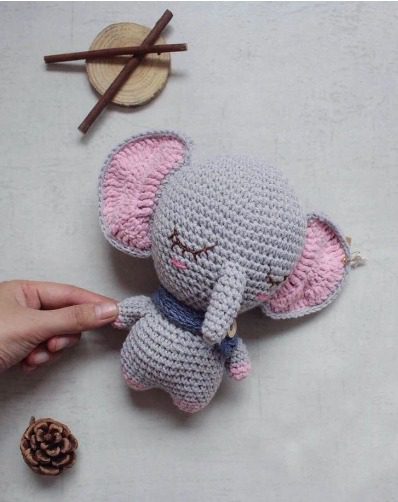
Check this out :Mike Wazowski Inspired Amigurumi
Final Thoughts on Your Crocheted Elephant Journey
Whether this elephant is your first amigurumi project or your fiftieth, it represents a creative achievement worth celebrating. Each stitch contributes to a final result that brings joy and comfort. The process itself—the meditative rhythm of crochet, the satisfaction of seeing each component take shape, the creativity of choosing colors and adding personal touches—offers rewards beyond the finished product.
As your elephant takes its place on a shelf, in a child’s toy collection, or as a decorative element in your home, it stands as a testament to the enduring appeal of handmade creations. In a world increasingly dominated by digital experiences, there is something profoundly satisfying about creating something tangible, something you can hold in your hands and that represents a piece of yourself.
May your amigurumi elephant bring smiles and warmth wherever it goes, and may the joy of creating it inspire you to continue exploring the wonderful world of amigurumi crafting.
Happy crocheting!


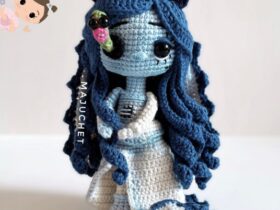
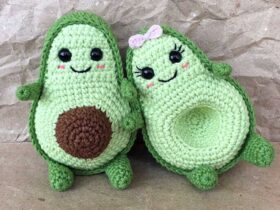
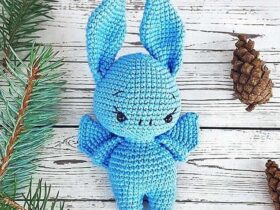
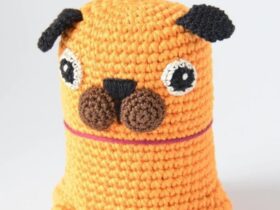

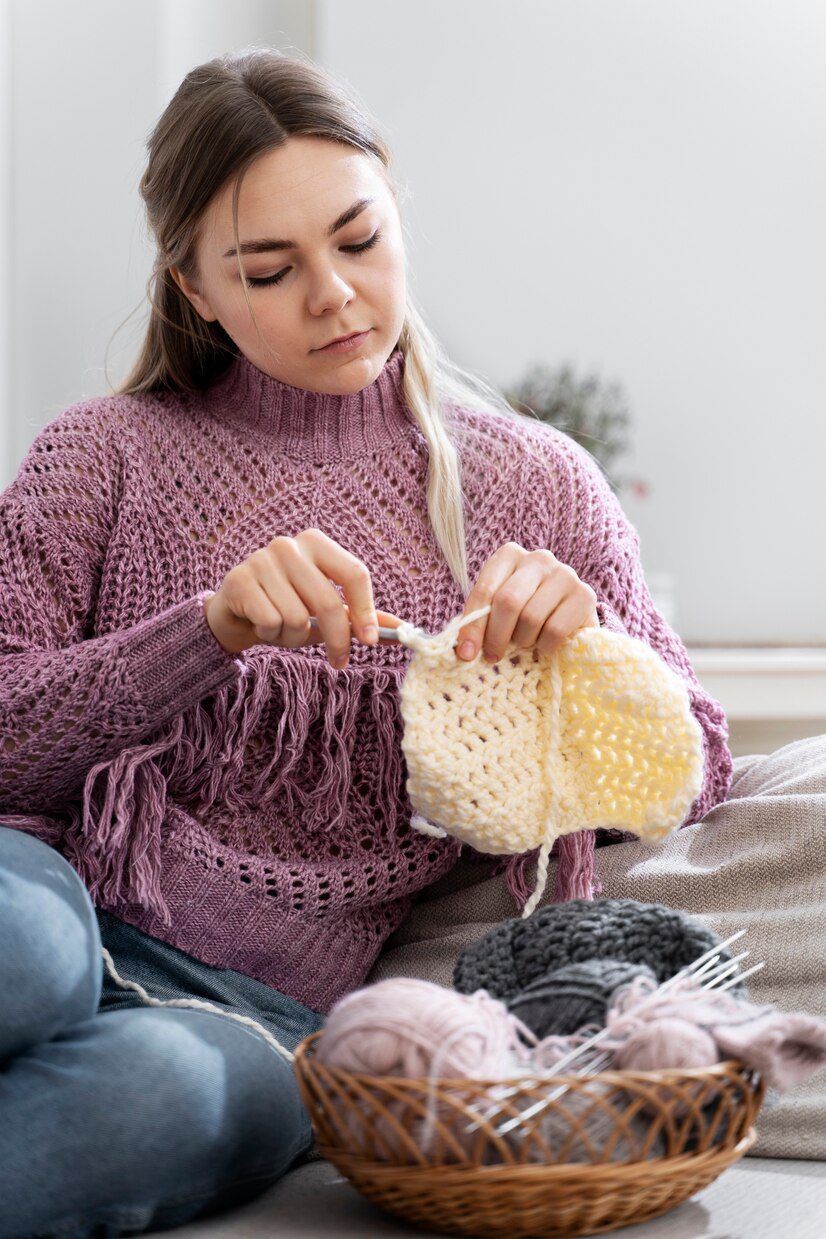

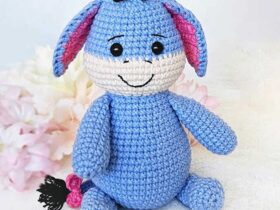
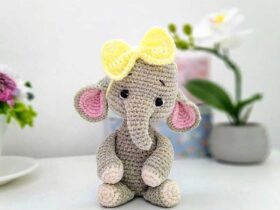
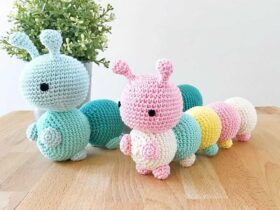
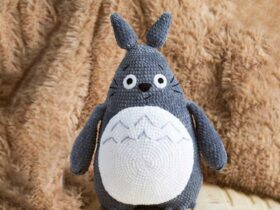
Leave a Reply